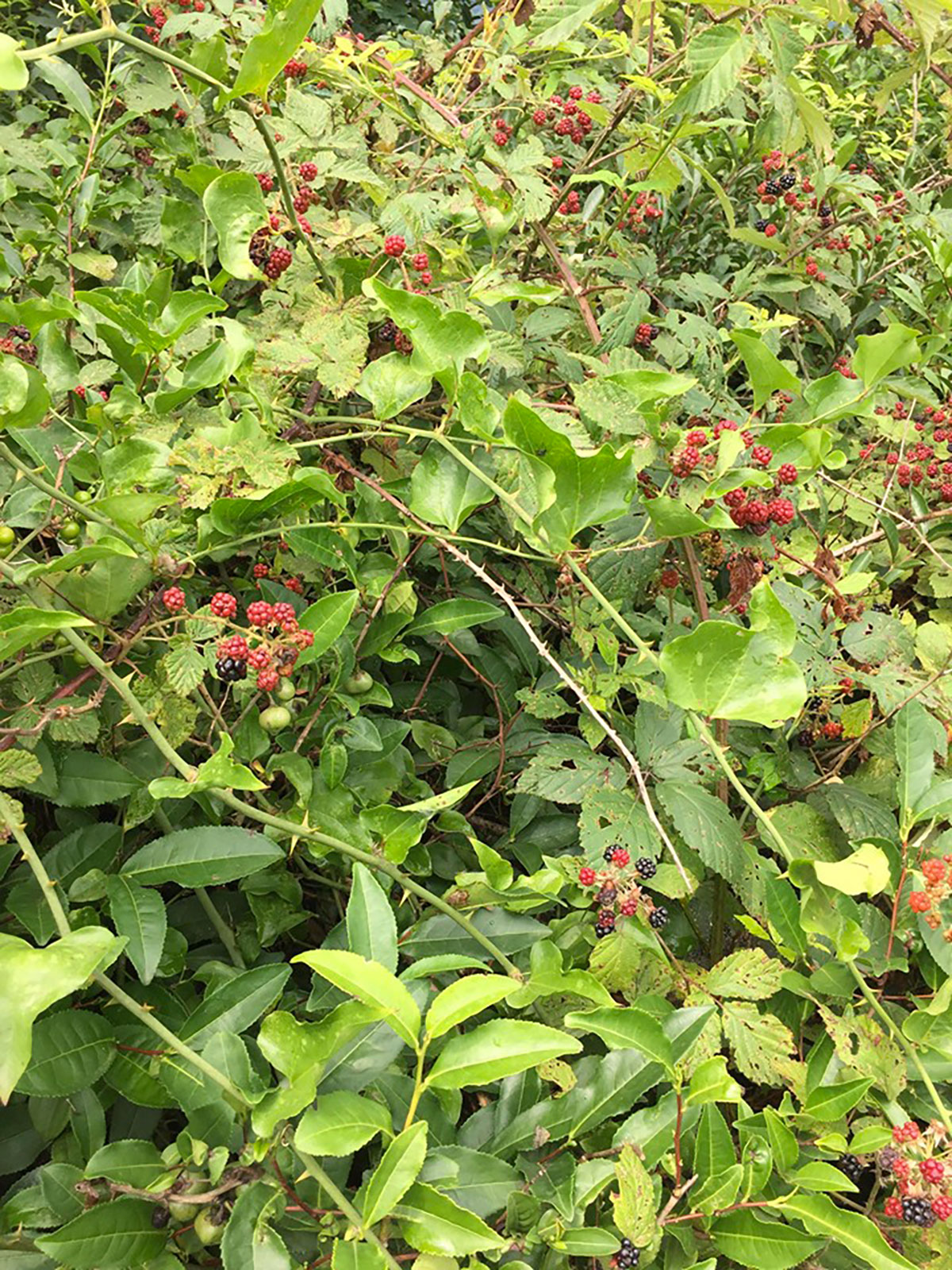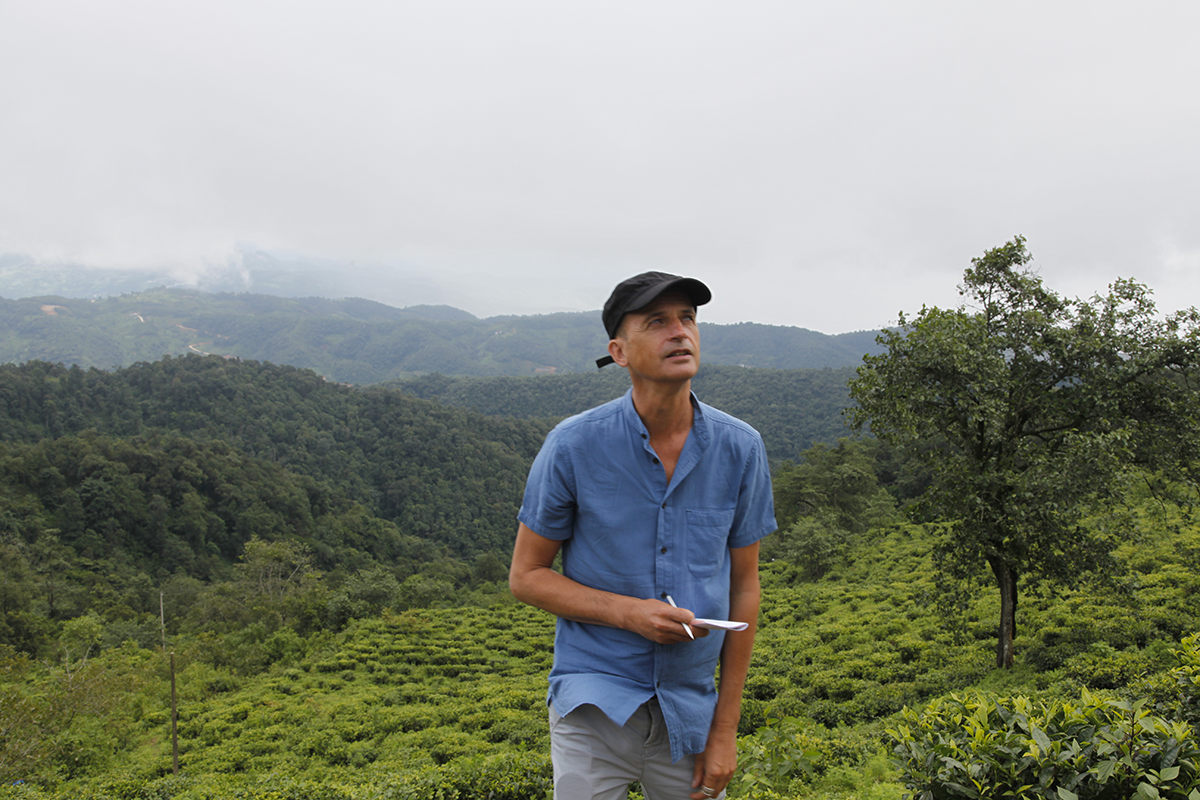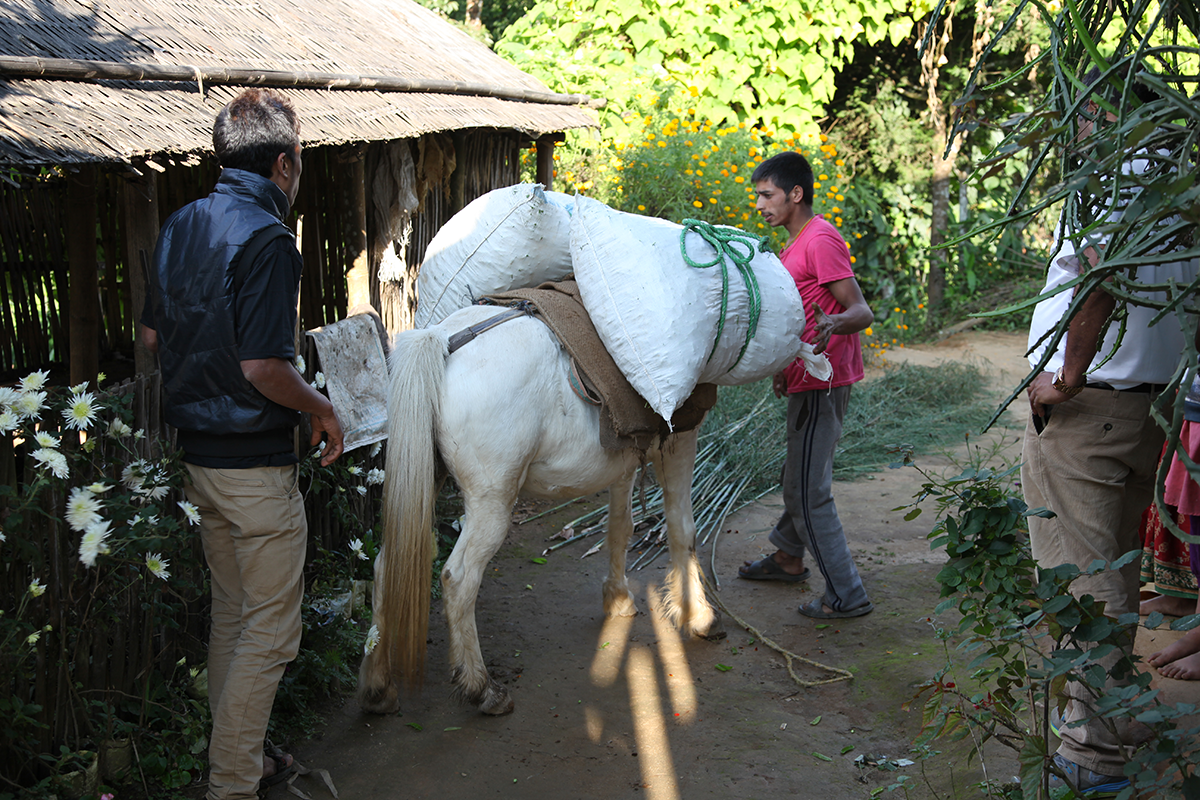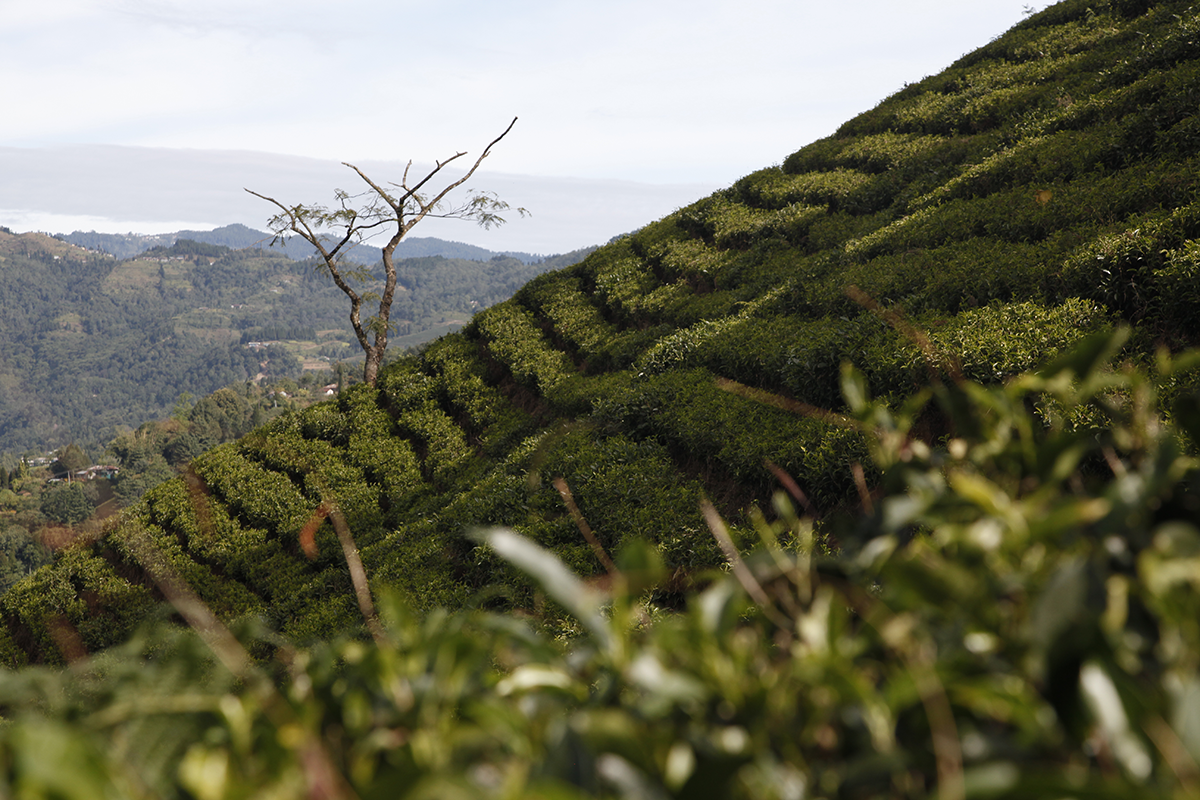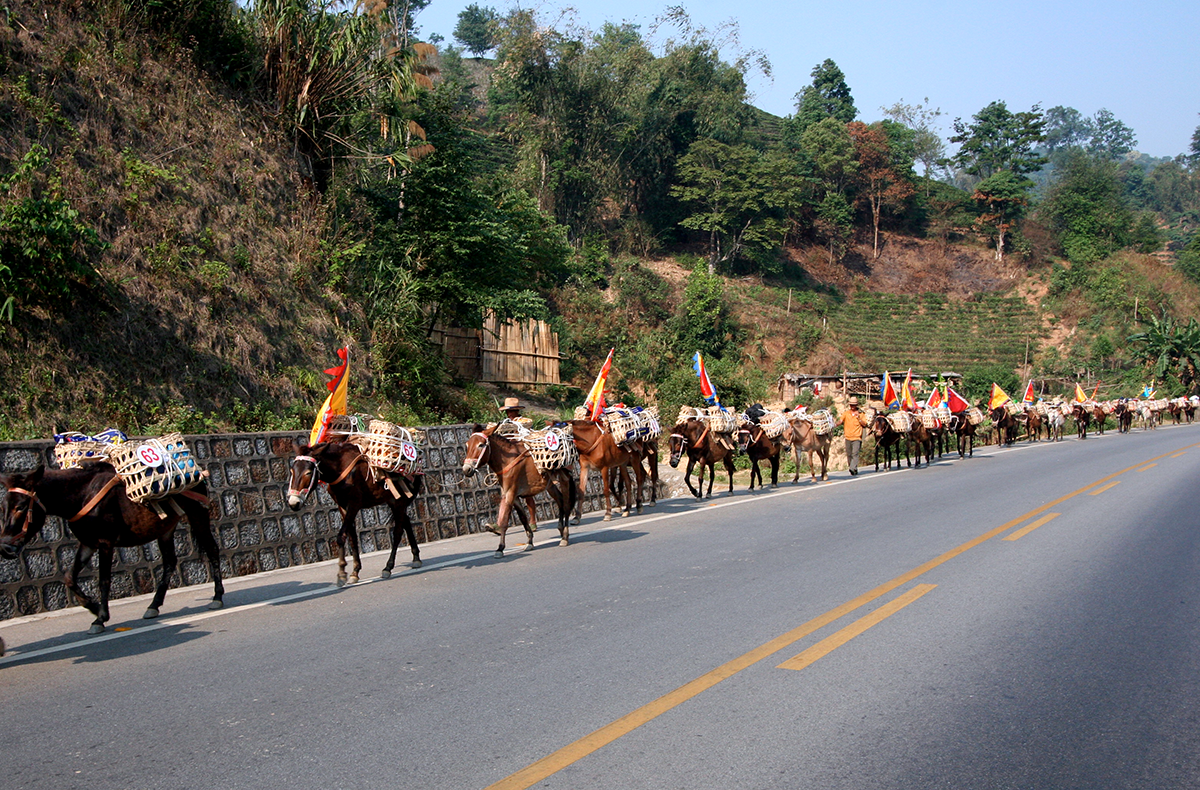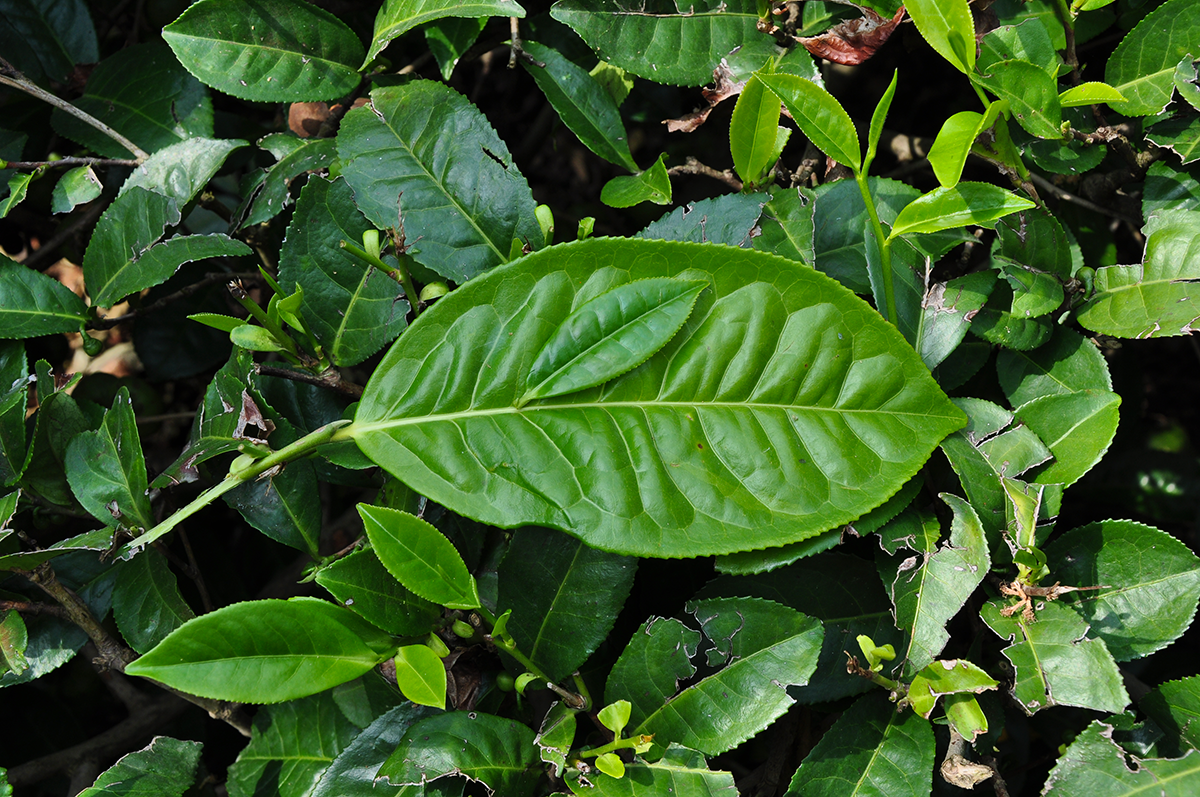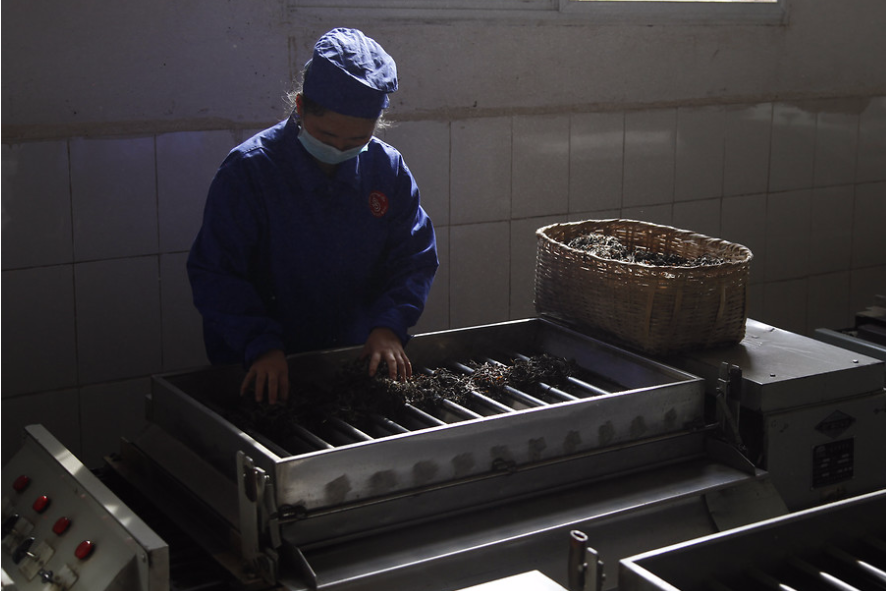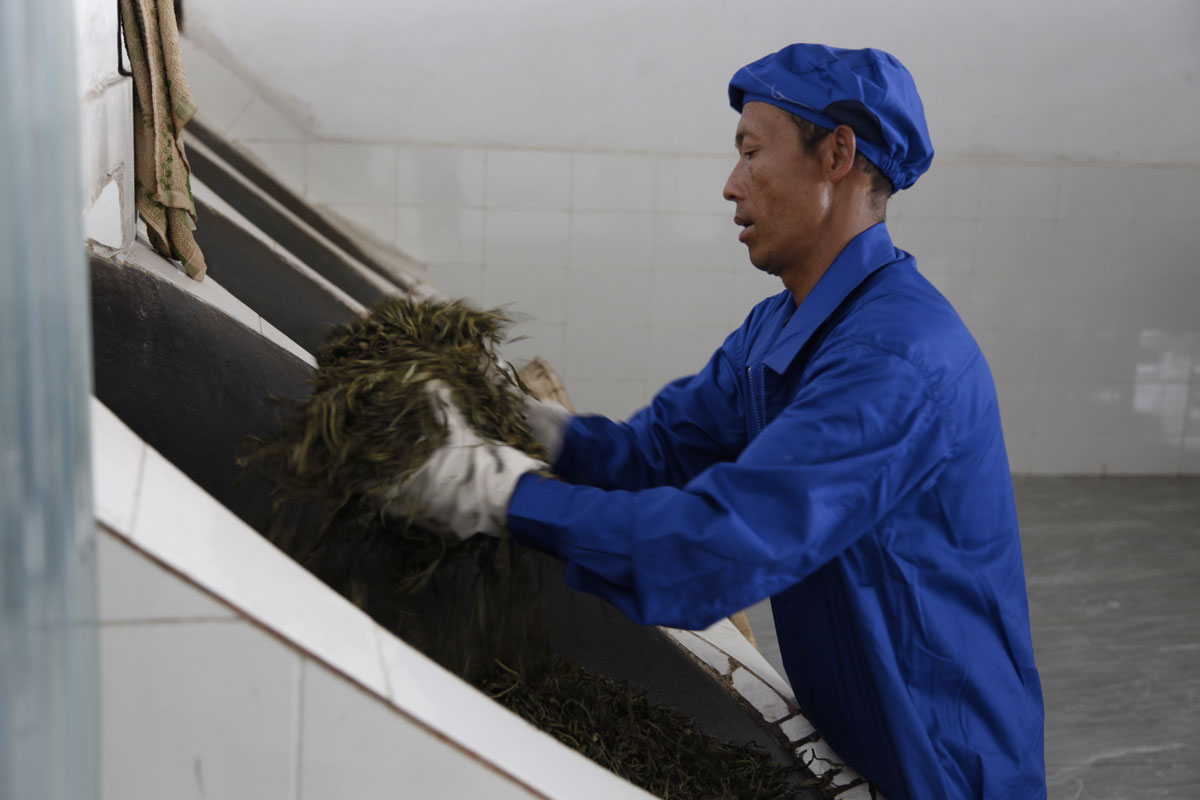Until recently, I searched for rare teas on my own, but for just over a year now I have been assisted by Léo. Sometimes we travel together, sometimes Léo visits a country on his own to find remarkable teas or farmers capable of remarkable work. This photo taken by Léo in Georgia is an accurate depiction of what we do. We clear the way. As we set off on our adventures to discover rare teas, here in Georgia the brambles have invaded the tea plants and it is time to clear them away.
Other
You can’t rely on a name, even a prestigious one
Tea can be complicated in that you cannot rely on a name as a gauge of quality, for the simple reason that tea grows in regions which often experience significant variations in weather. This results in variations in quality. One example is that during the monsoon, it rains non-stop for weeks on end, and the tea is obviously not good. A prestigious plantation that sometimes produces remarkable teas in the best seasons is not capable of doing the same during the rainy months. So a prestigious garden can also produce bad teas. This means it’s important for a tea researcher like myself to taste every tea before buying, and never rely on a name. And it’s also important for the customer to be well informed and guided by skilled sales advisers.
Safe passage
I’ve finished selecting my first-flush Darjeelings – 12 premium teas in total. From Puttabong to Thurbo, Namring Upper and Highlands, they represent the best of what these mountains have produced during the season. Now I want to tell you about the steps that follow the purchase of a tea of exceptional quality. First, the tea is packaged up on the plantation itself, then transported by truck to the nearest airport. From there, it travels to Paris, and on to the Palais des Thés warehouses. A sample of the batch is then sent to the lab for analysis. Once we’ve received confirmation of its compliance with the Safetea standards that are the pride of Palais des Thés, it is distributed to our various stores. The journey from plantation to cup takes several weeks and cannot be rushed. It’s a mark of quality and safety.
Are you more Clonal Superb or China Exotic?
Indians use the name inherited from the British to describe tea leaves (see my previous blog post). However, in the past few years, they haven’t been content with the letters “FTGFOP” or even “SFTGFOP1”. So they’ve added more words, generally nice ones. Some have a specific meaning. Others sound pretty, and the producer uses them to indicate that this exceptional tea is worth an exceptional price, for the highest bidder.
The former include the words China, Clonal and AV2, which refer to the tea plant. They stand for a variety that comes from China (Camelia sinensis sinensis), a hybrid (the word clonal is therefore inappropriate in French), and the specific name of the variety (AV2 for Ambari Vegetative no. 2), respectively.
As for the latter, the imagination is the only limit when it comes to such terms as Exclusive, Delight, Exotic, Superb, Mystic and more. There’s also Wonder, Enigma and Euphoria. I bet that in the next year or two I’ll be offered Nirvana!
The tea trading centre of Kochi
The city of Kochi (India) is one of the old trading centres that developed thanks to tea. In the case of the capital of the state of Kerala, it was also thanks to spices, coffee and jute. These goods were all packed into the holds of ships that set sail for Arabia. Today, many Indian tea companies maintain a presence in this city, particularly on Willingdon Island. And if you wander along the streets that link the charming district of Fort Kochi to the area of Mattancherry, you will spot the wholesalers’ warehouses, selling whole sacks of tea and coffee, but also cardamom, ginger, pepper, nutmeg and more. It’s an aromatic experience that takes you back in time, surrounded by houses in the Portuguese and Dutch colonial style. The shadow of Vasco da Gama looms everywhere in the old town. Not far from there, tourists enjoy watching the Chinese fishermen rigging up their nets, and weighing them down with heavy stones.
The tea routes
For centuries, tea travelled on the backs of donkeys, horses and yaks. There were a number of tea routes. They started at the Chinese provinces that produced compressed teas (Yunnan, Sichuan, etc.) and led to Tibet. In those days, tea was traded for salt or horses.
To perpetuate this tradition today, some people hold re-enactments, and you can watch hundreds of animals file past, carrying cakes of tea.
The sinensis and assamica varieties
If you enjoy tea, you will probably know that there are two main varieties of Camellia sinensis used to make tea: Camellia sinensis var. sinensis, and Camellia sinensis var. assamica. Rather than getting bogged down in the Latin, here is a more practical explanation. The large-leaf teas come from the assamica strain, while the small-leaf teas – which have incomparable aromas and a hardiness that allows them to adapt to harsher climates – belong to the sinensis strain. It is self-explanatory that a producer looking for quantity over quality is likely to favour one over the other.
I would like to thank Laurence, manager of the Palais des Thés store on Rue du Commerce in Paris, for this photo she took while we were visiting a research centre in Northern India.
(photo: Laurence Jouanno)
Rolling Mao Cha
Mao Cha – the raw tea from which Pu Erh is made – increasingly undergoes a rolling stage. Right after the leaves have been withered then heated in a wok, they are placed in a machine that shakes them from side to side, rapidly and regularly. The leaves hit the vertical sides and gradually their shape changes – they curl up gently lengthwise. Rolling takes place with most teas, it shapes the leaves. With green teas, for example, it breaks down the cells and releases the aroma compounds that oxidise or ferment.
Les 4 étapes du mao cha
La fabrication d’un mao cha se fait en 4 étapes. Rappelons tout d’abord que l’on nomme mao cha le thé qui va servir à fabriquer un pu erh, que celui-ci soit cru ou bien cuit. Précisons également que la façon de faire le mao cha a évolué avec le temps. Un simple flétrissage suivi d’un séchage au soleil est devenu plus complexe au gré des modes et de l’engouement incroyable des Chinois pour leurs thés sombres. Aujourd’hui, voilà comment cela se passe. Après avoir récolté les feuilles, on les laisse se flétrir durant environ 2 heures. Puis on fixe les feuilles au wok (photo) à 200 degrés durant environ 30 minutes. Ensuite, on va rouler les feuilles durant 10 minutes avant de les laisser sécher toute la journée au soleil. En théorie, le mao cha est destiné à être compressé, mais il n’est pas interdit de le déguster tel quel et de savourer ses notes minérales, fruitées, végétales et animales.
Your teapot needs to air too
For those who are getting ready for their holiday, here is some essential advice on your teapot. If you don’t use it for several days, rinse it out with clean water. Never use detergent, of course. Then place it either way up, it doesn’t matter, but without its lid. The air needs to circulate inside it while you’re away. The teapot needs to dry properly, and not remain damp inside. So just place the lid alongside the teapot, or on the top, but the wrong way around. This means you will find your teapot in excellent condition when you return, ready to brew teas at their best!

